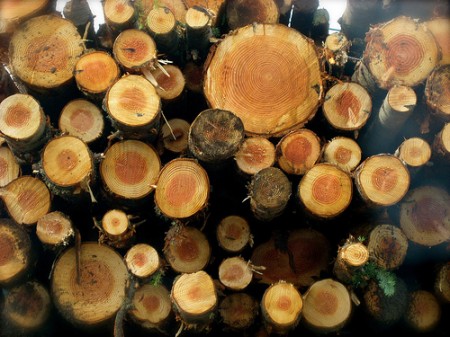
On September 6, President Obama announced an infrastructure renewal project in the US. According the White House press release, the plan aims to create a long-term framework for the renewal and expansion of a major part of America’s transportation infrastructure (roads, railways aviation and transit infrastructure.) Its broader objectives are to contribute to the economic stimulus of the Recovery Act with a front-end investment of $50 billion.
Specifically, the plan aims to do the following in the coming six years:
- Rebuild 150,000 roads
- Build 4,000 miles of railroads and introduce high-speed rail systems
- Reconstruct 150 miles of runways and upgrade the air traffic control system
- Establish a permanent infrastructure bank to leverage capital investment in the nation’s infrastructure
This contribution is a step in the right direction, but only a step. The plan addresses only four of the 15 issues outlined by the American Society of Civil Engineers, which produces an annual report card on the state of US infrastructure, assessing bridges, dams, drinking water, energy, hazardous waste, inland waterways, levees, public parks and recreation.
According to the most recent ASCE report, the US scored a dismal D (approx. 1.0 out of a possible maximum of 4.0.) This same report estimated a 5-year investment of $2.2 trillion would be needed to significantly improve these areas, including some 1,800 high hazard and over 4,000 structurally deficient dams, as well as 72,868 and 89,024 functionally obsolete bridges.
But, as the mid-term elections draw near, calls to reign in federal spending have grown. Republicans have vowed to oppose the plan and support among Democrats may be weak.
Ultimately, infrastructure renewal in the US will depend on murky congressional back-room deals, tough legislative cycles and the fickle political trends of the coming years.
Despite the Obama administration’s attempt to bring the issue to the forefront of domestic policy, quick action on a vital issue seems increasingly unlikely. And this is bad news for America.



